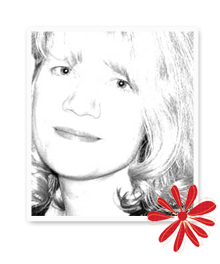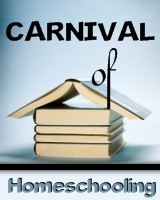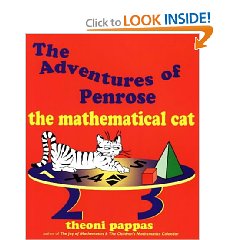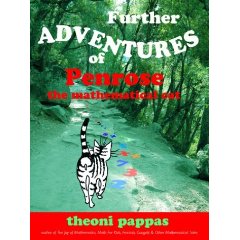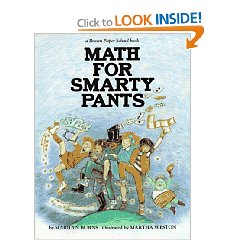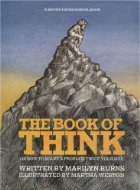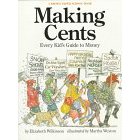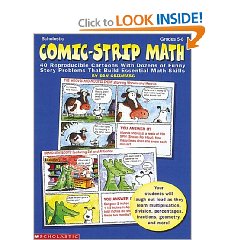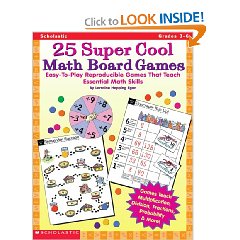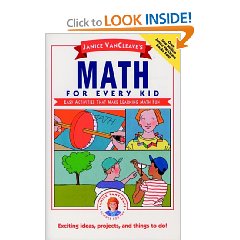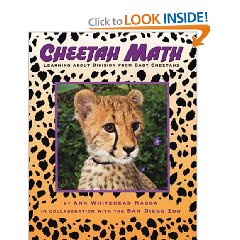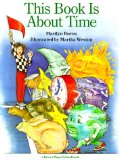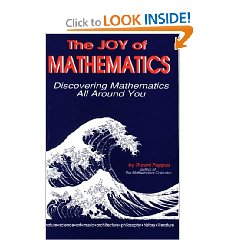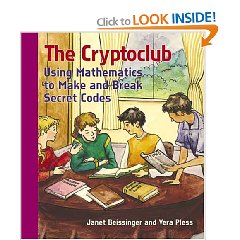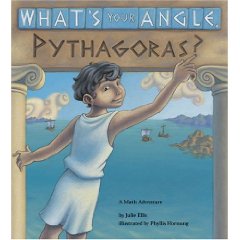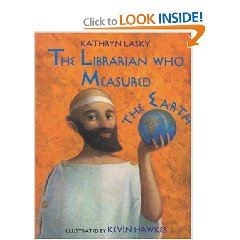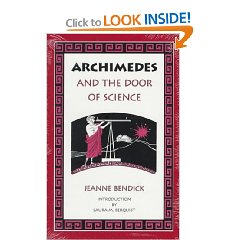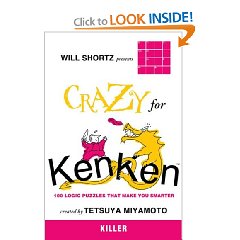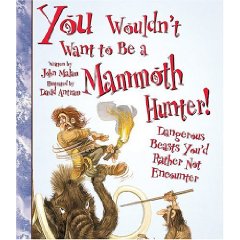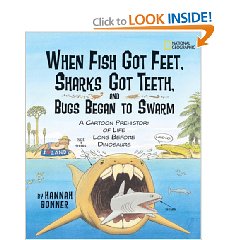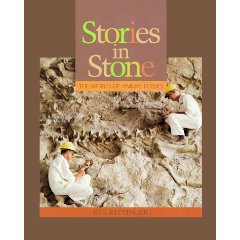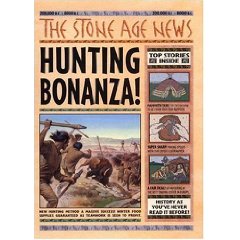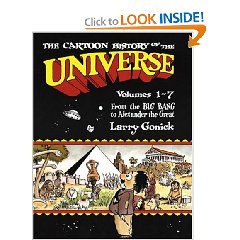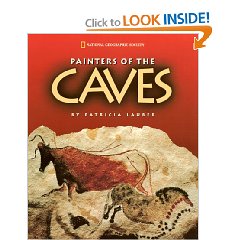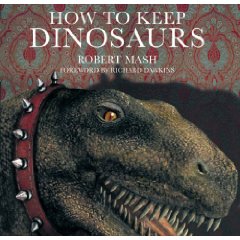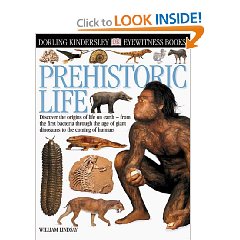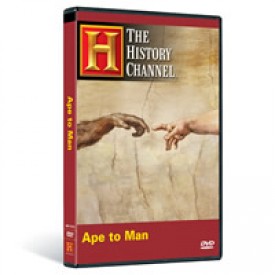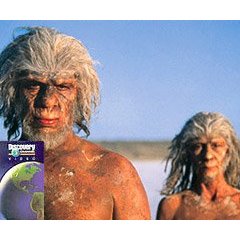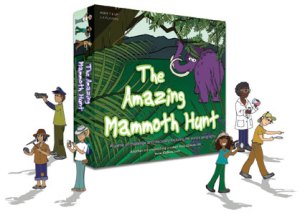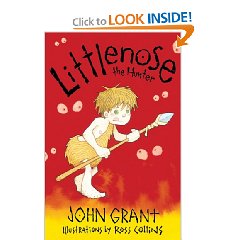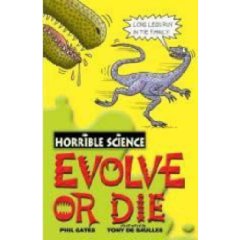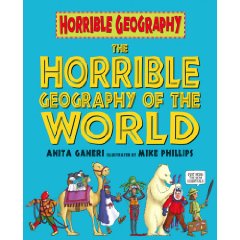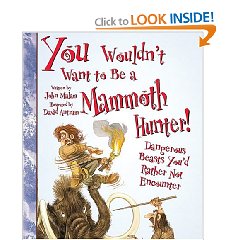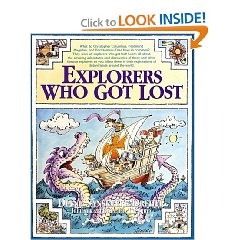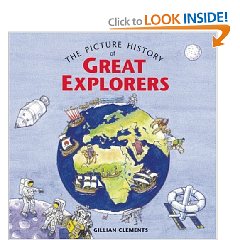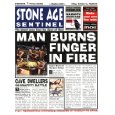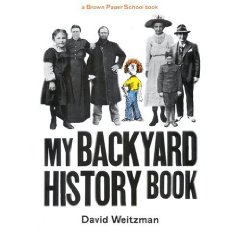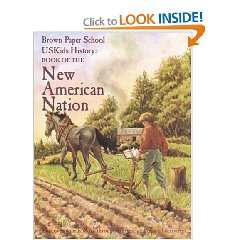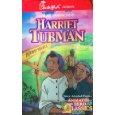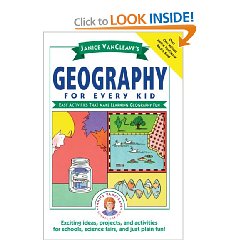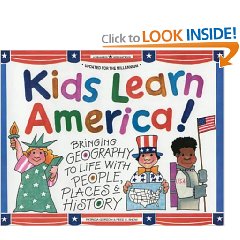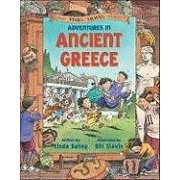My approach to teaching math has done an about face. What we were doing before wasn't working. What we are doing now is. Max asks for more math - a subject he hated not so long ago. So what are we doing differently? I've bagged the workbooks and worksheets for the time being and have turned to more clever resources (always respect clever.) We are delving into LIVING MATH, a more vibrant and imaginative presentation. It's much more palatable. If only I had been taught math this way! All is not lost - because I get to learn right beside my ten-year-old son. I never would have believed that joy had a presence on Planet Math until now. Maybe I feel joyful because he's not whining.
Below please immerse yourself in some fabulous mathematical resources. They are varied and wonderful. I'll also direct you to a terrific website wherein I believe the author has nailed the concept of healthy, happy math. Who knew it was not only possible, but probable?
**CLICK ON THE PICTURES TO LINK TO MORE INFORMATION**
Math through the eyes of a cat. Concepts. Big concepts. We are in the middle of this now and Max asks for more Penrose. It's planting seeds and demonstrating that math is so much more than addition and multiplication problems. Math is logic, math is pattern. Patterns in nature. Each small section covers a concept from fractals to Fibonacci numbers to nanonumbers and much more. I want a cat like Penrose! We have one, actually - her name is Delilah and she, too, likes to lay on papers, particularly the ones you are wanting to work on. Click on the book to read more.
Penrose lives on - thank you, Ms. Pappas!
By Marilyn Burns and colleagues from The Brown Paper School Series. These books get written up a lot, probably because they have such a positive impact on children when it comes to learning math. Some have even claimed that these books led them down a career path in mathematics because they discovered that math wasn't so icky afterall. After we finish up with Penrose, this will be the next text we tackle. The Brown Paper School Series is definitely worth investigating. I'll try to sprinkle them in as they fit under different subjects.
These can be read in any order. The point is to just read them and have fun with them!
The Book of Think: Or How to Solve a Problem Twice Your Size again by Marilyn Burns
Making Cents: Every Kids Guide to Money by Elizabeth Wilkinson. Also a part of the Brown Paper School Series.
We have toyed with this book just a little but to be honest, Max is not fooled. Lurking beneath the humorous cartoon rhetoric lies evil word problems, multiplication and other basic math facts. Sadly, he must learn to cope with these! And he will.....I'll find a way.
Best for grades 3-6. Alternate ways to help solidify multiplication, division, fractions, probability, estimation, mental math, and more!

Here's an excerpt taken from the Mythmatical Battles website: "Mythmatical Battles is a dueling card game for two players or two teams. It blends mythology and multiplication to create an innovative game which lets kids drill multiplication while engaging in epic mythological battles. For the first time education is infused into the wildly popular dueling/collecting card phenomenon." In a nutshell, you're looking at Pokemon-esque cards that serve a greater purpose. If you child thrills to this type of game play, these might be a good fit.

Fun game for 2 players; addition/subtraction, multiplication/division application. The only thing I don't like about this game is that when the die are thrown into the center of the box, it's LOUD. I would prefer a more cushioned landing! Along these same lines, Monopoly, Yahtzee, Cribbage, Hearts, Solitaire and yes, even Poker can help to teach math. Max doesn't like Yahtzee all that much, but likes Monopoly very much.
Here's a website I am currently investigating - there is much to peruse! Maybe you're aware of this company - Educational Learning Games. Here is a link to math games for teaching multiplication facts, but there is oh-so-much more available: http://www.educationallearninggames.com/multiplication-math-games.asp
Janice VanCleave is prolific in the math/science/physics realm in producing inviting workbooks for kids. They are a tiny bit more structured (which isn't a bad thing), it looks like, but still infused with fun. For grades 3-8. Each new skill learned (fractions, measurement, geometry, etc.) is backed up by viable activities like 'how to make five billion dollars in thirty days', 'the importance of graphing Girl Scout cookie sales', and 'making a glob-like solution similar to silly putty'.
This series of books is for a slightly younger set, ages 4-8. This particular book would fit nicely into a unit study centered on the big cats of the world. Baby Cheetah's illustrate the finer points of basic division - and help to teach about themselves as an endangered species as well. There are other's in this series that center around pandas (subtraction), chimps (time), tigers (graphing) and polar bears (fractions). I'm intrigued by the Polar Bear and our reactions to them in zoos. Yes, they are cute, adorable, humorous and roly poly. But don't think for a second that he wouldn't hesitate to stalk you for 500 miles across the polar ice cap and then eat you.
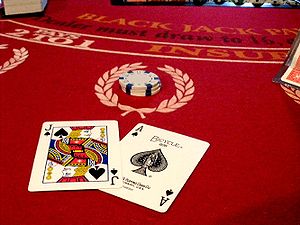
I'm not advocating that you teach gambling strategy! I am most certainly not a fan of casinos or of the Las Vegas strip in general. However, Black Jack can be a unique way to work on addition facts - right at the kitchen table. All three of us have gathered at said table on a few occasions for some rounds of Black Jack. We didn't place any bets (not even M&Ms) - just had a good time together with the cards.
I LOVED this book. By author Marilyn Burns and friends (see her other books up a few notches on this page). This is a fascinating read about time and the history of time. Not what you would think as it is packed with thought-provoking and unusual information. You'll learn about telling time in ancient cultures (the water clocks - we tried to make one), how clock-making evolved with technology, calendars and how they came to be, daylight savings time, time zones, biological rhythms in people and in nature, jet lag, how to conceptualize time and how it sometimes fools us..........I'm a fan of Marilyn Burns now and the other teachers that have worked with her to create these marvelous books. Aren't we lucky to get to read them! This book is available on Amazon for as low as $0.14 used, or check your library. I need a copy for our shelves, so will be purchasing one. It was a sad day when it had to go back to the library. Do you ever get attached to your books? Is that normal? Probably not.
Informal math, family-centered. It contains 100 or so activities and games that are fun to figure with. We've used it a little here and there. Max seems to be at a better age now to be able to grasp the concepts, so I need to pull it out again and mess around with it. There is a Family Math II book as well as one titled Family Math: The Middle School Years.
Another little gem by Theoni Pappas, mom to Penrose, the cat. See the other two books I cited at the top of this post. Penrose, I don't believe, makes an appearance in this book. It is designed to offer vignettes of math in short 3-4 page sections which illustrate real world math. It gives enough a glimpse to not overwhelm, but to intrigue and encourage further exploration if one wishes. Speaking of wishes, it's on my wish list.
This website is worth a look-see if you are teaching about real-world applications of money. We did a short stint on this site just to try it out. Here's the lingo right off of the site:
"Welcome to MinyanLand, home of Hoofy the Bull and Boo the Bear. In our cool little town you get to play games and make friends, while you learn about earning, saving, spending and giving.
Remember, MinyanLand is free for everyone to use!
Everyone starts out in MinyanLand with $50,000 in MinyanMoney and a Condo worth $50,000. You can visit the ATM in the Bank of MinyanLand to invest your money. Come back daily to see if your balance has gone up or down -- just like in the real world! You can also earn more MinyanMoney by doing real-life chores your parents assign you called Virtual Allowance."
I'm not sure why this book is so expensive - around $35???? We don't have it and probably won't get it unless I can find it at the library or much much cheaper. It looks like a child (probably an older one, more toward the middle school years) could get into this story and help solve the codes and mystery using math.
Math adventures! Sir Cumference-style. There are several titles in this series, some more appropriate for 4-8 year olds, some targeted to the 9-12 year age set.
Another math adventure set in Ancient Greek times as Pythagoras figures out his theorem. It's fun fiction.
Eratosthenes and his genius mind came up with a way to estimate the circumference of the earth. Set in 200 B.C.
We are in the middle of this one now. Archimedes! What a thinker he was! We are enjoying learning how he put off eating, bathing, sleeping - just to think about problems and how to solve them. And to realize that he scratched most of his figuring into the sand on the ground rather than use up precious papyrus scrolls, especially when he was a young student. This is an interesting book about a prolific thinker who paved the way for future scientists, physicists and mathematicians, hence I included it in this post about math resources.
KenKen puzzles are similar to Sudoku puzzles, but you have to use basic math facts to solve them. Logic is a substantial component of mathematics, so this type of puzzle fits the bill in helping to make math fun. Notice that it says 'Killer' at the bottom of this particular compilation; probably not the best one to start out with. Will Shortz has a series of Ken Ken puzzles for children that are easier - they are titled I Can KenKen. Volume I uses additon only, Volume 2 uses multiplication, Volume 3 works with addition and subtraction. Bet you can find these puzzles online, too, to print out.
If you are interested in exploring the concept of 'Living Math', please peruse http://www.livingmath.net/, a truly fantastic site wrought by homeschooling mom, Julie Brennan. I still have not gotten through everything, but have been enamored with what she has to say and offer. Bookmark it. Read it. Live it!


